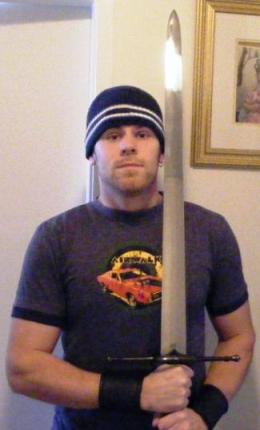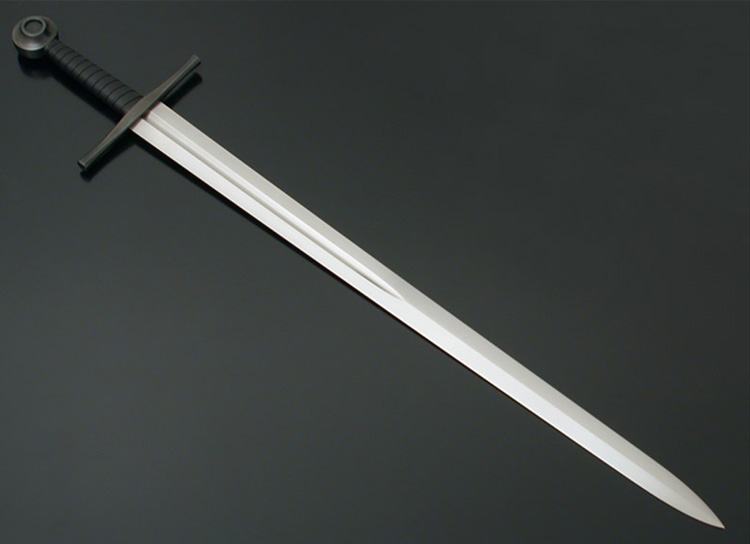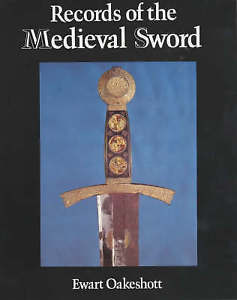Recent Articles
-
Christmas Sword Buying Guide 2025
Dec 03, 25 10:53 PM
Oakeshott Type XIII Swords
Type XIII - Type 13
 Blade Length: 30-31"
Blade Length: 30-31"
COMMON POMMEL TYPES



COMMON GUARD TYPES
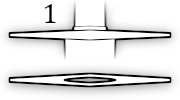
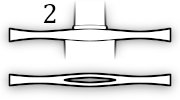
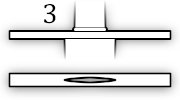
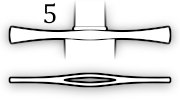
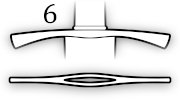
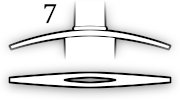
Wide blade with parallel edges and 1/2 length fuller (wide or multiple) terminating with a spatulate tip. Somewhat unusual in that the blade would be better suited to single hand use, but is instead outfitted with a hand and a half grip handle. From the middle of the 13th century to the late 14th. Was a rare sword type historically and functional replicas, even rarer still.
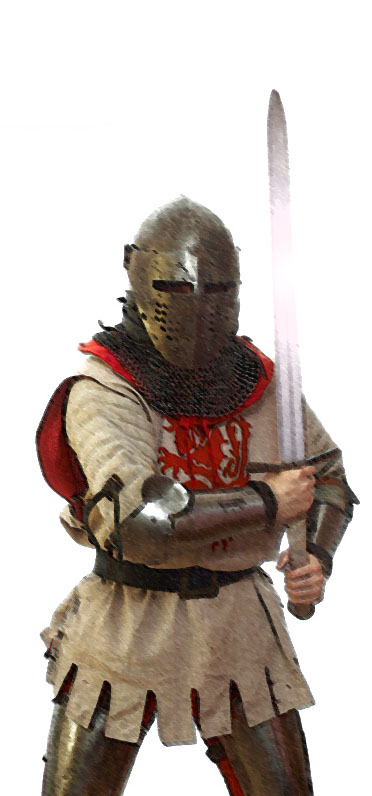
While sub types of the Oakeshott Type XIII swords have quite a few surviving historical examples and modern reproductions, the parent group Type XIII swords were actually exceedingly rare and rather unique.
They are a dedicated cutting sword, with a wide blade and edges running almost parallel, swelling slightly above the hilt, but otherwise running in a straight line before terminating in a spatulate tip. The fuller disappears at around the halfway point, and the solid lenticular edge around the center of percussion allows for shearing cuts that would tear into maille and decimate lightly armored opponents on the battlefield.
But the parent type is unusual in that the blades tend to be relatively short compared to the handle, a true bastard sword that could be used in one hand but was much more effective when grasped with the off hand near the pommel.
Examples of Oakeshott Type XIII Swords
While there are replicas of the sub types, XIIIa and XIIIb - the parent group has been sorely neglected by modern day sword manufacturers.
Perhaps it is because there are so few surviving examples of this sword in museums. Or perhaps it is because most collectors expect a longer blade for their bastard sword, I really cannot be sure.
At the end of the day, there are almost no examples of the Oakeshott Type XIII sword that have been recreated by modern day sword manufacturers.
The German Bastard Sword by Windlass Steelcrafts reviewed here has the right length and general blade profile, as well as hand and a half grip yet this replica, based on the A477 sword in the Wallace collection, is not a type XIII.
Thankfully though, there are a couple of choices, but we need to look outside the usual sources to find them. Both are very high quality, and they are not particularly cheap - especially as they are both made and shipped from the European manufacturer. But with no other real options you have to take what you can get.
Made in the Czech Republic, the ONLY production model of a Type XIII Sword currently on the market, but thankfully it is both an excellent example of this rare type of sword and of very good quality. Price is in Euro and works out to be just shy of US$500, but does not include shipping from the Czech republic, which can be expensive..
Based in Essex, Raven Armories has been making an authentic Type XIII replica for quite a few years. With a stunning blade and ash handle under calfskin wrap, it is the finest example on the market - but does not come cheap (approx US$2,400 plus shipping and insurance from the UK) and takes some time to manufacture (made to order) but customers of this company say it is worth every penny..
Personally I think it is a bit of a shame that there are not more examples of this sword type on the market. The shorter blade with hand and a half grip would be both extremely fast in the hand and capable of generating tremendous cutting power, especially when combined with the optimized for the cut blade profile..But if a sword maker decides to recreate one, watch this space - we will be the first to let you know if and when it happens (fingers crossed, as I want one for my OWN collection!).
Further Resources
MyArmory has an excellent in depth article on Type XIII swords here which explains their history and lists some high end reproductions and images of actual antiques.
And of course, you can - and should - read more about these swords and all the others in the Oakeshott Typology in his book, Records of the Medieval Sword
I hope this information on Oakeshott Type XIII Swords has been helpful. To return to Oakeshott Typology Made Easy from Oakeshott Type XIII Swords, click here

Buying Swords Online Can Be DANGEROUS!
Find the Best Swords in the:
Popular & Recommended ARTICLES

The ONLY true free online magazine for sword enthusiasts. Delivered once a month on the 1st day of the month, no filler and no BS, just the latest sword news & info delivered straight to your inbox.

